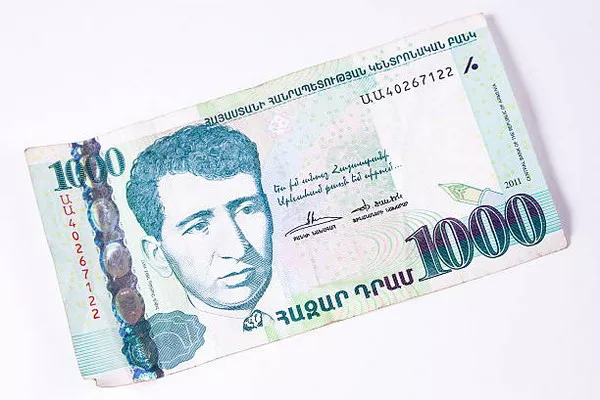As Armenia marks its place on the global map, the question of its economic status arises – is it a rich or a poor country? Evaluating a nation’s economic health involves a multifaceted analysis that considers various indicators such as GDP per capita, income distribution, and overall economic stability. In this article, we will delve into the intricacies of Armenia’s economic landscape to gain a comprehensive understanding of its wealth and the challenges it faces.
GDP Per Capita and Economic Indicators
One of the primary metrics used to gauge a country’s economic well-being is its Gross Domestic Product (GDP) per capita. As of the latest available data, Armenia’s GDP per capita is in the lower-middle-income range. While this places Armenia below the average for countries in the European region, it is important to note that economic classifications alone do not paint the complete picture.
Armenia’s economy has faced its share of challenges, particularly following the dissolution of the Soviet Union in 1991. The transition from a centrally planned economy to a market-oriented one was accompanied by economic hardships, affecting the standard of living for many Armenians. However, over the years, the country has undertaken structural reforms and diversified its economy, contributing to a gradual improvement in economic indicators.
Income Distribution and Poverty Rates
Wealth distribution plays a crucial role in determining a nation’s economic health. In Armenia, like in many other countries, the distribution of income has been a topic of concern. While the country has made progress in reducing poverty rates over the years, there are still disparities that need attention.
Social programs and targeted interventions have been implemented to address poverty and enhance social welfare. Nonetheless, ongoing efforts are required to ensure that the benefits of economic growth are shared equitably across all segments of the population.
Economic Challenges and External Factors
Armenia faces several economic challenges that impact its overall wealth. One significant factor is its geopolitical positioning, with closed borders affecting trade and economic connectivity. The unresolved conflict over the Nagorno-Karabakh region has also posed challenges, leading to periods of economic uncertainty and setbacks.
External factors, such as global economic trends and geopolitical tensions, can influence Armenia’s economic stability. The country’s vulnerability to external shocks underscores the importance of adopting resilient economic policies and fostering diversification to reduce dependence on specific sectors.
Diversification and Innovation
To enhance its economic standing, Armenia has recognized the need for diversification and innovation. The country has been investing in technology and education, aiming to foster a knowledge-based economy. The emergence of the technology sector, including a thriving IT industry, has showcased Armenia’s potential for innovation.
Efforts to attract foreign investments and promote entrepreneurship are pivotal in steering the country toward sustainable economic growth. By tapping into its human capital and encouraging a culture of innovation, Armenia can position itself as a dynamic player in the global economy.
Tourism and Cultural Heritage
Armenia’s rich cultural heritage and historical sites contribute to its potential for tourism, offering an avenue for economic growth. The promotion of tourism not only generates revenue but also creates job opportunities and fosters cultural exchange. Strategic initiatives to highlight Armenia’s unique attractions can boost the tourism sector, providing a stimulus to the overall economy.
International Cooperation and Assistance
Armenia’s economic journey is intertwined with international cooperation and assistance. Collaboration with international organizations, development partners, and neighboring countries is instrumental in addressing economic challenges and fostering sustainable development. Engaging in dialogue and participating in regional economic initiatives can open up avenues for trade, investment, and shared prosperity.
Conclusion
Is Armenia a rich or a poor country? The answer lies in a nuanced understanding of its economic landscape. While challenges persist, Armenia has demonstrated resilience and adaptability in the face of economic hardships. Strategic reforms, diversification efforts, and a focus on innovation present opportunities for sustainable growth.
As Armenia celebrates its rich cultural heritage and looks toward the future, continued collaboration with the international community, investment in education and technology, and a commitment to inclusive development will play pivotal roles in shaping the nation’s economic trajectory. In assessing Armenia’s wealth, it is essential to recognize both the progress made and the ongoing efforts required to build a robust and equitable economy.


